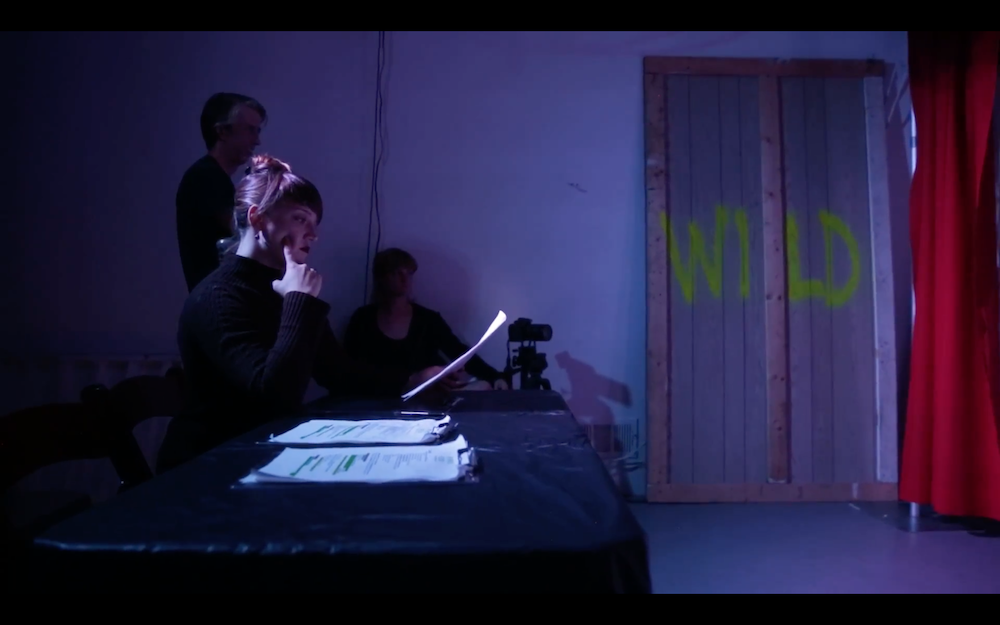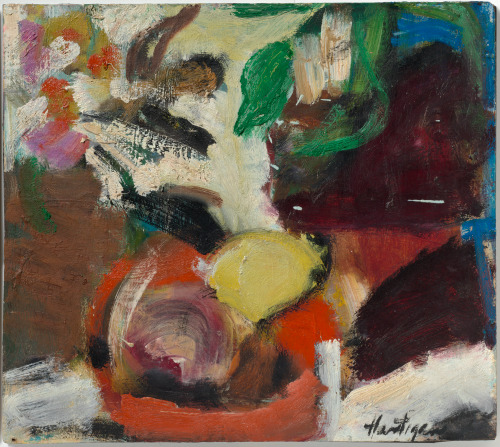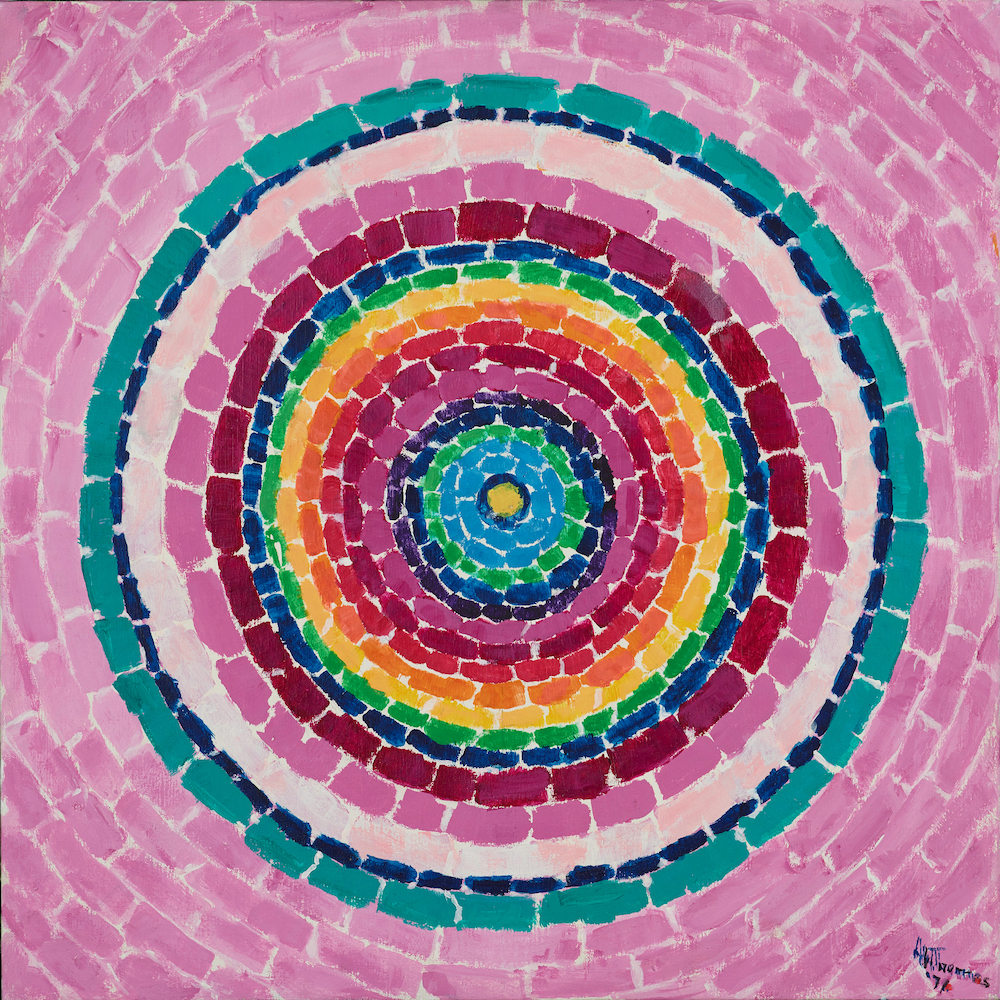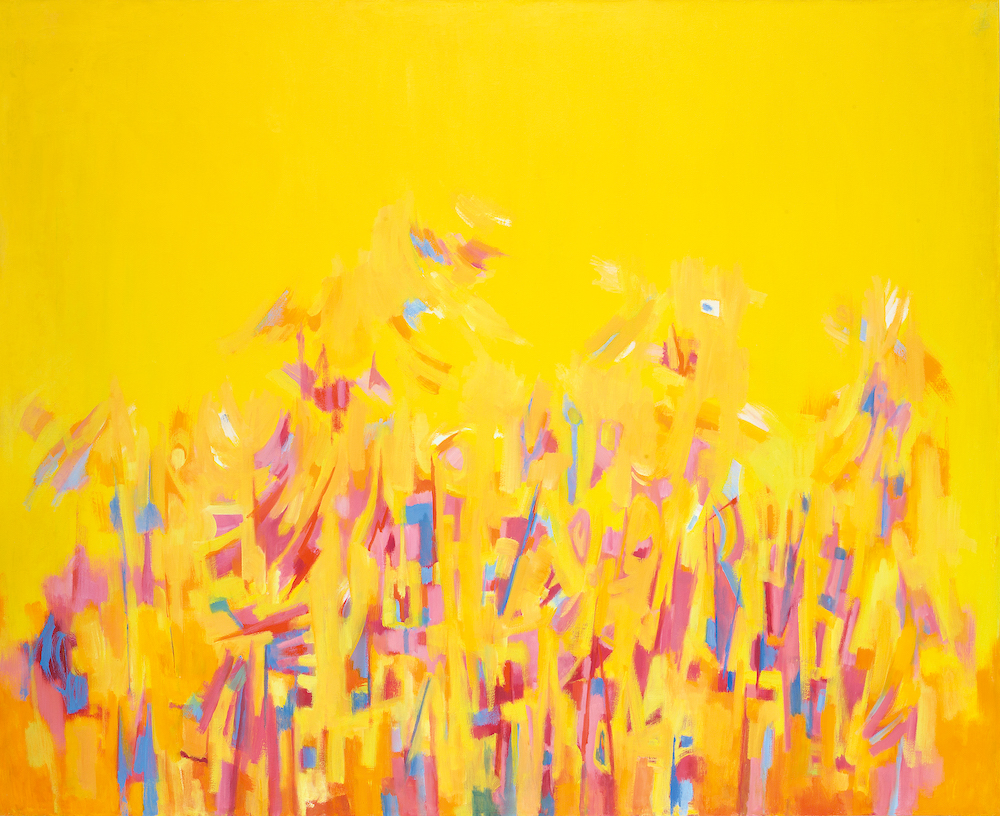Black abstraction riffs like jazz, implodes and reassembles itself from the myriad influences that found its emergence. Black abstraction is rooted in a meta-consciousness, an ode to Black survival and innovation that troubles suffocating, monolithic representations of Black identity. Black abstraction is a direct response to America’s refusal to recognize the integrity and significance of non-white-cis-male perspectives, and it finds freedom through an unrestricted use of media, an unrestrained exploration of process, and a precise articulation of form. Black abstraction is a liberatory breath, a shift beyond figuration into new conceptual possibilities.
In the Black Dada Manifesto, Adam Pendleton alluded to the history of conceptual art as “an intimately constructed narrative deserving of an aggressive deconstructive interpretation.” Adrian Piper has likened the freedom of abstraction to flight: “It is freedom from the immediate spatiotemporal constraints of the moment; freedom to plan the future, recall the past, comprehend the present from a reflective perspective that incorporates all three.”
Generations: A History of Black Abstract Art, on view at the Baltimore Museum of Art through January 19, 2020, exhibits works from the Joyner/Giuffrida Collection of Abstract Art and from the museum’s contemporary collection that explore the materiality of abstraction as a dialectic on freedom. Since 1999, Pamela J. Joyner and Alfred J. Giuffrida have made it their mission to create a comprehensive collection of works by artists who have historically been omitted from the canon. “This is a truly remarkable moment to witness in our history,” Joyner said during a brief interview. “This exhibition is a culmination of that dream.”
In collaboration with the Ogden Museum of Southern Art, the BMA presents a sprawling exhibition in the Thalheimer and May galleries on the second level, featuring more than 70 paintings, sculptures, and mixed-media installations by both celebrated and lesser-known abstractionists including Kevin Beasley, Mark Bradford, Sam Gilliam, Jennie C. Jones, Norman Lewis, Lorna Simpson, and Alma W. Thomas.
 (R-L) Julie Mehretu, “Fever Graph (algorithm for serendipity),” 2016, Martin Puryear, “Lever #2,”1988-89,” and Jack Whitten, “9.11.01,” 2016
(R-L) Julie Mehretu, “Fever Graph (algorithm for serendipity),” 2016, Martin Puryear, “Lever #2,”1988-89,” and Jack Whitten, “9.11.01,” 2016

Mark Bradford, “My Grandmother Felt the Color” (2016).
Photo: Mitro Hood. Courtesy the artist and Hauser & Wirth © Mark Bradford
The exhibition opens with large, awe-inspiring works from titans Mark Bradford, Jack Whitten, Julie Mehretu, and Martin Puryear. Bradford’s masterful mixed media on canvas, “My Grandmother Felt the Color” (2016), hangs on the wall adjacent to, and in conversation with, Jack Whitten’s acrylic and mixed-media work, “9.11.01” (2006). “My Grandmother Felt Color” is a moving piece, with black and muted sepia-toned orbs erupting across the canvas, and sharp lines cutting through and enunciating the forms. The work reads like sacred geometry, a vibrant visual articulation of his grandmother’s second sense. His rendering Black maternal awareness as a molecular explosion not only functions as a grand homage to the women in his life, it also serves as a nod to a universal divine feminine principle, a reverent and humbling acknowledgement about the power of Black women.
In Whitten’s “9.11.01,” tesserae, small dried pieces of acrylic paint that the artist painstakingly laid by hand, are arranged into an intricate and massive onyx mosaic pyramid. Brighter colored tesserae highlight the structure and form kinetic ruptures that shoot out from the sides and base of the pyramid. The scale of the work, which dwarfs all who stand before it, along with the illusion to movement for an otherwise static archetype, conjures questions about the inevitable demise of all empires. The work also stands as Whitten’s sobering reflection of the destructive events that occurred on September 11, 2001. Both Whitten’s and Bradford’s abstractions offer spirited considerations about legacy: the familial and societal gifts and burdens that we inherit, evolve, or allow to erode.
 Jack Whitten “Zen Master” (1968). The Joyner/Giuffrida Collection. © Estate of Jack Whitten
Jack Whitten “Zen Master” (1968). The Joyner/Giuffrida Collection. © Estate of Jack Whitten
The rooms that follow overflow with extraordinary works that each, in their own way, expound upon long-standing and limited definitions of abstraction: who can make abstraction, and the subjects that abstraction can interrogate. You may recognize expressive works by Sam Gilliam, three-dimensional installations from Leonardo Drew, Melvin Edwards, and Barbara Chase-Riboud, but one of the most promising aspects of the exhibition rests in the curatorial decision to facilitate critical dialogues among four generations of Black abstract artists of the 20th and 21st century.
As a result, each artist’s adroit and distinct engagement with abstraction is accentuated by the works that they share space with. Alma Thomas’s subtle acrylic paintings on canvas contrast with Norman Lewis’s frenetic oils on canvas. Glenn Ligon’s assertive text-based installations and Jennie C. Jones’s muted sculptural assemblages elevate discourses about voices and histories that have been obscured. The playful golden gestural strokes that mark Lorna Simpson’s “Golden Head” series counter the deep crimson and volatile white flames in Gary Simmons’s “Double Cinder.”
(L-R): Norman Lewis, “Afternoon” (1969). The Joyner/Giuffrida Collection. © Estate of Norman W. Lewis, courtesy of Michael Rosenfeld Gallery LLC, New York, NY; photo courtesy of the Art Institute of Chicago. Alma W. Thomas, “Pink Dogwoods and Azaleas” (1971). The Joyner/Giuffrida Collection. © Estate of Alma Thomas
The ceaseless interplay of color and form, context and subject, medium and technique, deepens critical engagement with the complexity of Black abstractions. Each work is a defiant rebuttal to historically limited characterizations about the concepts Black artists have been expected to resolve explicitly through folk art and figuration. Abstraction has been documented as a prospect of brooding white masculine genius. This collection revises art history by dismantling, decolonizing, and rightfully chronicling abstraction.

Lynette Yiadom-Boakye “Witching Hour,” 2016, “Places to Love For,” 2013, “Hedgerow,” 2010
The works of Lynette Yiadom-Boakye and Kevin Beasley stand alone. Surprisingly, five portraits by Yiadom-Boakye are included in the exhibition across from “purer” abstractions by Lorna Simpson and Gary Simmons. Though Yiadom-Boakye’s figurations are representational, the methodology she uses to render the figures is heavily conceptual.
The artist imagines the figures and renders them loosely from the images she envisions. She considers the act of painting and the subjects therein to be explorations of what she calls “psychological space” or ruminations. In “Places to Love For,” the artist imagines her sitter as a woman in a red dress exposing her bare back, standing with her back facing the viewer’s gaze. The artist allows her gestural marks and broad paint strokes to remain evident so that the materials she assembles to create her figures are as much a part of the work as the figuration itself. The inclusion of Yiadom-Boakye in the collection generates an evocative breach in the sharp delineation between figurative, conceptual, and abstract art.
 Kevin Beasley “Chair of the Ministers of Defense, 2016”
Kevin Beasley “Chair of the Ministers of Defense, 2016”
Kevin Beasley’s “Chair of the Ministers of Defense,” an immersive installation in the Jacobs Galleries, is a haunting homage to Black liberation movements. A spotlight shines on a solitary vintage peacock rattan chair that sits at the center of a congregation of floating veils. The floating veils hold the shape of absent heads and bodies. Their absent-presence is simultaneously protective and ominous. Maasai and Zulu war shields enshrine and elevate the seat from a chair into a throne. To stand before the chair is to acknowledge the long, devastating history of systemically assassinated Black men—via character assassination, drug addiction, and literal murder—who have defended civil rights and equitable protections for America’s Black citizenry and marginalized people at large. The work is compelling and unshakable, illuminating disturbing histories about federally sanctioned assassinations of Black liberation and civil rights movements leaders.
You may feel delightfully overwhelmed by the immensity of the collection. That’s OK. Black Abstraction is an all-encompassing revelation. The exhibition deconstructs everything we have been taught about the history of American abstract art. The urgency of collections like this cannot be understated, and should be more lasting than an ephemeral experiment in inclusivity. Breathe through it and dig in.
 Martin Puryear “Lever #2,”1988-89, Mark Bradford “A Private Stranger Thinking About His Needs,”2016, and Julie Mehretu “Fever Graph (algorithm for serendipity),” 2016
Martin Puryear “Lever #2,”1988-89, Mark Bradford “A Private Stranger Thinking About His Needs,”2016, and Julie Mehretu “Fever Graph (algorithm for serendipity),” 2016
 Lorna Simpson, “Gold Head K1” (2011). The Joyner/Giuffrida Collection. © Lorna Simpson. Courtesy the artist and Hauser & Wirth, New York
Lorna Simpson, “Gold Head K1” (2011). The Joyner/Giuffrida Collection. © Lorna Simpson. Courtesy the artist and Hauser & Wirth, New York
 Charles Gaines, “Numbers and Trees: Central Park Series I: Tree #9, Henry” 2016. The Joyner/Giuffrida Collection. Courtesy the artist and Hauser & Wirth, New York
Charles Gaines, “Numbers and Trees: Central Park Series I: Tree #9, Henry” 2016. The Joyner/Giuffrida Collection. Courtesy the artist and Hauser & Wirth, New York

Melvin Edwards “A Conversation with Norman Lewis,” 1979
with Leonardo Drew “Number 52S,” 2015
 Sam Gilliam “Stand,” 1973 and Edward Clark “Earth Signs,” 1973
Sam Gilliam “Stand,” 1973 and Edward Clark “Earth Signs,” 1973
 Generations books are free to all who visit the exhibit
Generations books are free to all who visit the exhibit
 Collector Pamela Joyner with Shinique Smith’s “Black, Blue, Green, Yellow, Orange, Red, Pink” (2015) at the Baltimore Museum of Art.
Collector Pamela Joyner with Shinique Smith’s “Black, Blue, Green, Yellow, Orange, Red, Pink” (2015) at the Baltimore Museum of Art.
Generations: A History of Black Abstract Art is on view at the Baltimore Museum of Art through January 19, 2020. For more information and to purchase tickets, visit the BMA’s website. Free admission days: October 26–27, November 23–24.
Photos by Cara Ober unless otherwise noted.
Featured image: Melvin Edwards “A Conversation with Norman Lewis,” 1979, Shinique Smith’s “Black, Blue, Green, Yellow, Orange, Red, Pink. 2015, and Kevin Beasley’s “Bronx Fitted,” 2015








